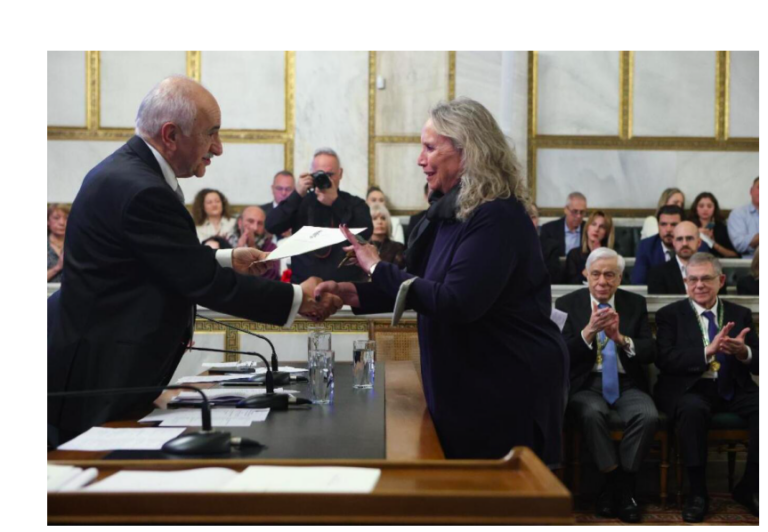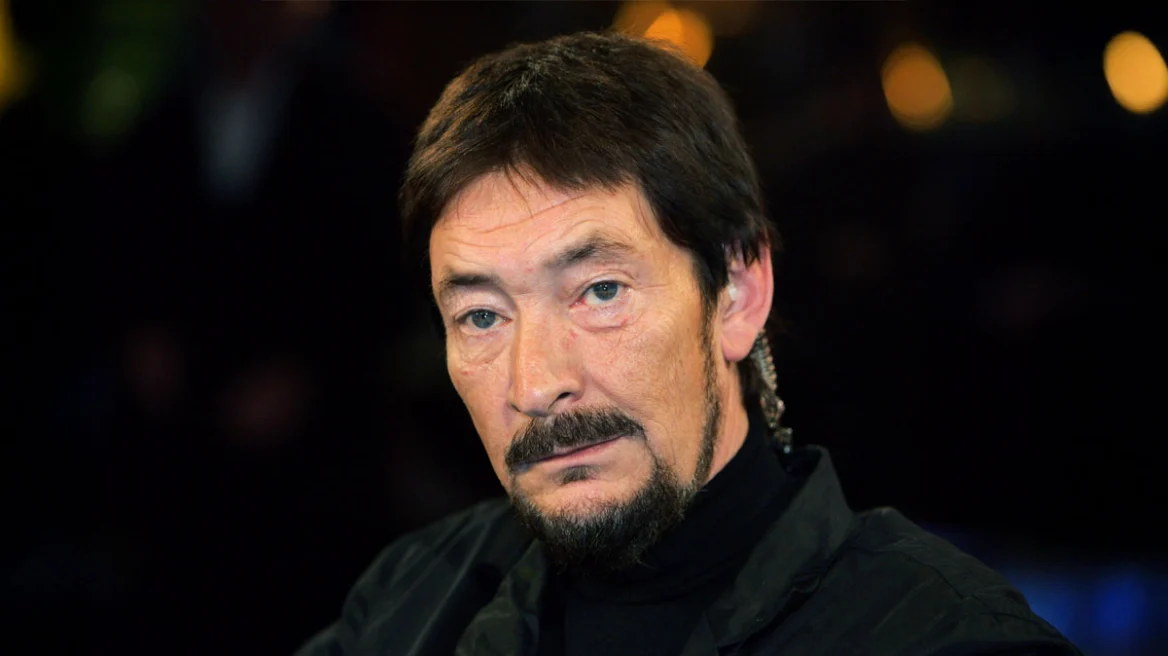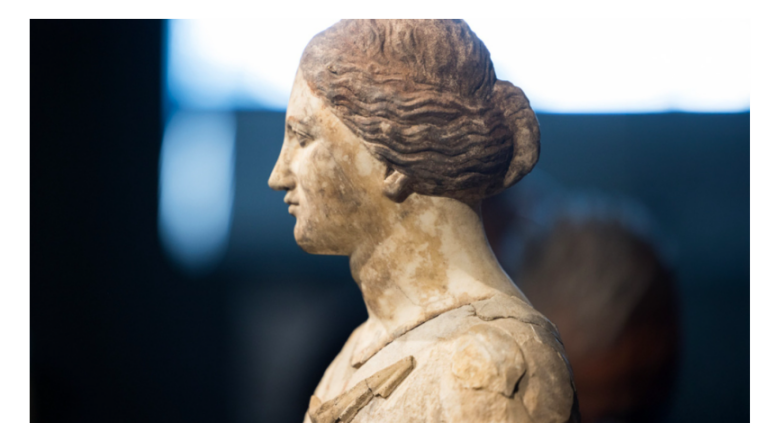The Africar was the vision of Englishman Tony Howarth. Howarth’s vision was for an inexpensive yet adaptable vehicle, able to negotiate the tracks that form most of Africa’s road networks, able to be fixed and maintained by people with only moderate skills and training, easy to drive, and that would last at least thirty years or more. In short, the Africar was to be exactly what the established automotive industry would not be likely to create.
There are a few easily understandable strategies that the automotive industry use to keep their factories profitable and key among these is the idea of planned obsolescence. A modern motor car is made with an intentionally short life expectancy. In order to ensure that a vehicle will not last for thirty years or more vehicles are made from materials that will rot or rust: Australians used to joke that the Australian Holden was “the only car in the world that came rust free, they gave you the rust for nothing”.
Despite the fact that rustproofing of Holdens and various other brands is nowadays vastly better than it was yet the cars are fitted with electronics that ensure they are not owner fixable and therefore by definition totally unsuited to third world countries, especially the wild places of the African continent where if something fails you can’t just call up a mobile mechanic to come and fix it.
Greek Parliament approves 2022 state budget
Another strategy to ensure planned obsolescence is providing a plethora of models and constantly “updating” those models, thus ensuring that finding spare parts for a car will become increasingly difficult and then impossible because it has become “obsolete”. None of us need lots of different models to choose from, and neither the people in Africa, nor anywhere else in the world want to invest money in a vehicle only to have it become obsolete or unusable before we’ve managed to pay out the loan we took out to buy it.
Read more: Silodrome
Ask me anything
Explore related questions





